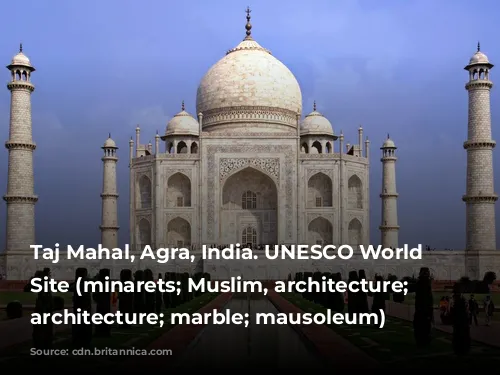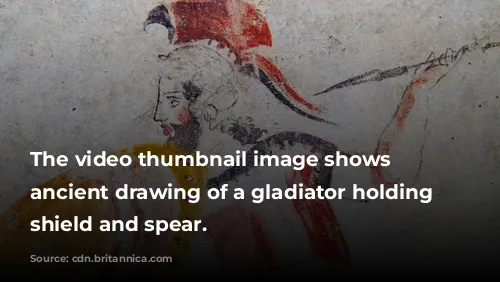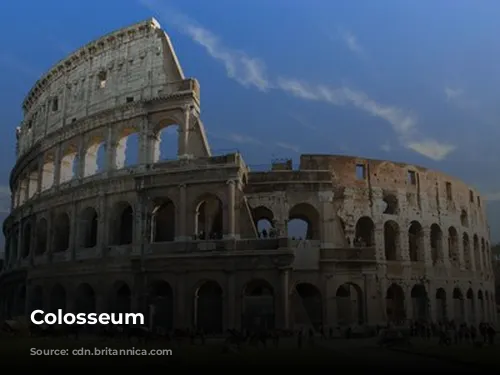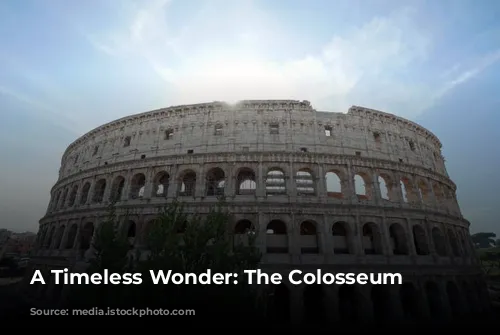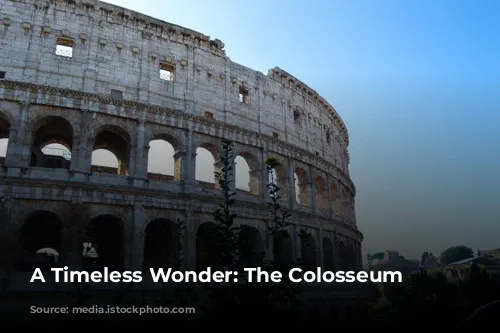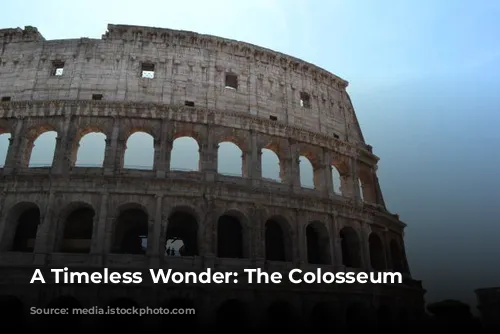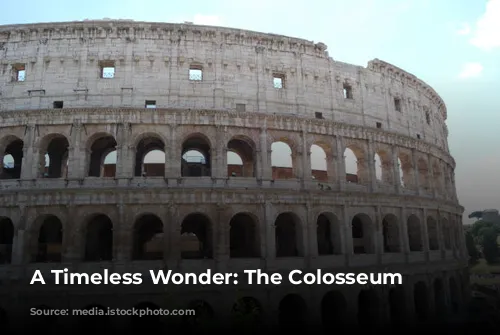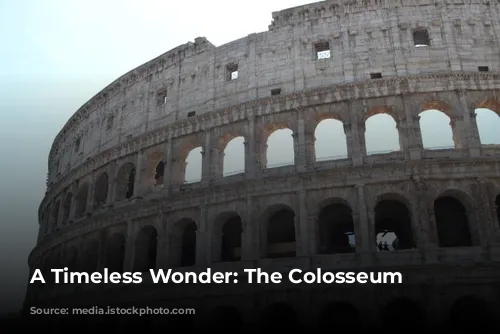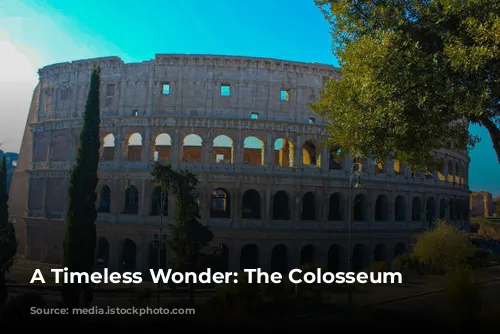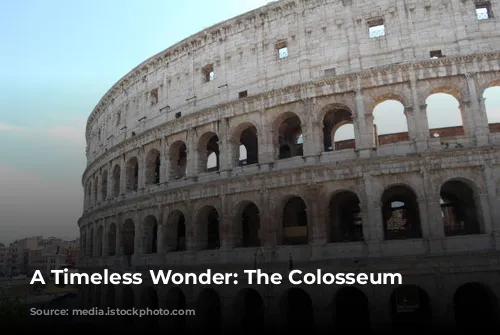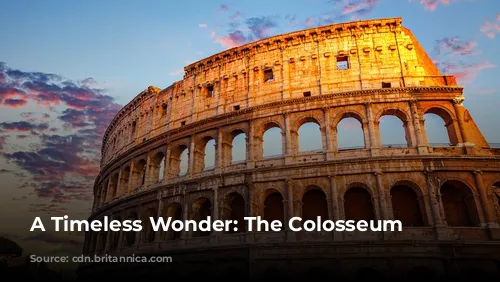Standing tall as one of the most complete relics of the Roman Empire, the Colosseum embodies the architectural and engineering brilliance of ancient Rome. Today, it’s a beacon for tourists worldwide, generating substantial revenue for Italy. In 2018 alone, the Colosseum, the Roman Forum, and the Palatine Hill jointly earned over €53.8 million, making it Italy’s top tourist attraction.
This iconic monument has witnessed centuries of history, both glorious and tumultuous. After the fall of the Western Roman Empire, the Colosseum fell into disrepair. During the 12th century, it was transformed into a fortress by powerful families. In the late 15th century, it was even stripped for building materials. For over a thousand years, this magnificent structure was neglected. Only in the 1990s did state-funded restoration efforts begin to bring it back to its former glory.
A Symbol of Imperial Might
The Colosseum’s construction was part of a grand imperial effort to revive Rome following the chaotic year of the “Four Emperors” in 69 CE. Emperor Vespasian, a man of humble origins, desired a monumental public venue for entertainment. Like other amphitheaters, the Colosseum was envisioned as a hub for gladiator fights, animal hunts, and even mock naval battles.
The Colosseum’s construction began under Emperor Vespasian between 70 and 72 CE. It was dedicated in 80 CE by his son, Emperor Titus, and further enhanced by Emperor Domitian in 82 CE. The funds for this colossal project came from the spoils of war, specifically, from the sack of Jerusalem in 70 CE. Sadly, this also meant that the construction of the Colosseum was made possible by the forced labor of Jewish slaves.
Engineering Marvels & Ancient Spectacles
The Colosseum, also known as the Flavian Amphitheatre, is an oval-shaped structure crafted from stone, concrete, and volcanic tuff. It stands four stories high, measuring 620 by 513 feet (189 by 156 meters) and could accommodate up to 50,000 spectators. The Colosseum was renowned for its gladiatorial combat, a spectacle that captivated the Roman populace.
Located just east of the Palatine Hill, the Colosseum was built on the site of Emperor Nero’s lavish Golden House. This symbolic act signified Vespasian’s intent to replace the excesses of his predecessor with a public space for the people. The Colosseum was a testament to Roman engineering prowess, employing a complex system of barrel and groin vaults to support its impressive structure.
Unlike earlier amphitheaters, which were often integrated into hillsides for stability, the Colosseum stands as a freestanding marvel. Its three lower stories are adorned with arcades framed by engaged columns in the Doric, Ionic, and Corinthian orders, a design that would later inspire the Renaissance’s codified “assemblage of orders.” The Colosseum’s primary structure and facade are made of travertine, while the secondary walls are constructed from volcanic tufa, and the inner bowl and arcade vaults are crafted from concrete.
A Glimpse into Roman Life
The Colosseum offered its audience a sanctuary from the sun with a massive retractable awning, known as a velarium. This impressive feat required hundreds of Roman sailors to manipulate the rigging and extend or retract the awning, which was supported by masts fixed to corbels built into the Colosseum’s top story.
The Colosseum was the stage for countless spectacles, from gladiatorial combat to animal hunts and mock naval battles. While its exact role in the martyrdom of early Christians remains uncertain, the Colosseum serves as a powerful reminder of the Roman Empire’s grandeur and its brutal realities.
A Legacy of Resilience
The Colosseum’s story doesn’t end with its glory days. In medieval times, it was repurposed as a church and later as a fortress. Over the centuries, it was damaged by lightning strikes, earthquakes, and even vandalism. The once gleaming marble seats and decorative elements were gradually removed as the Colosseum was treated as a quarry for over a thousand years.
Fortunately, in the 19th century, preservation efforts began in earnest, culminating in a major restoration project in the 1990s. Today, the Colosseum remains a vibrant tourist destination, attracting millions of visitors each year. It continues to serve as a testament to Roman engineering ingenuity and a powerful reminder of the enduring legacy of this once-mighty empire. Regular exhibitions showcasing the culture of ancient Rome further enrich the visitor experience, allowing us to connect with the past and learn from its enduring lessons.
